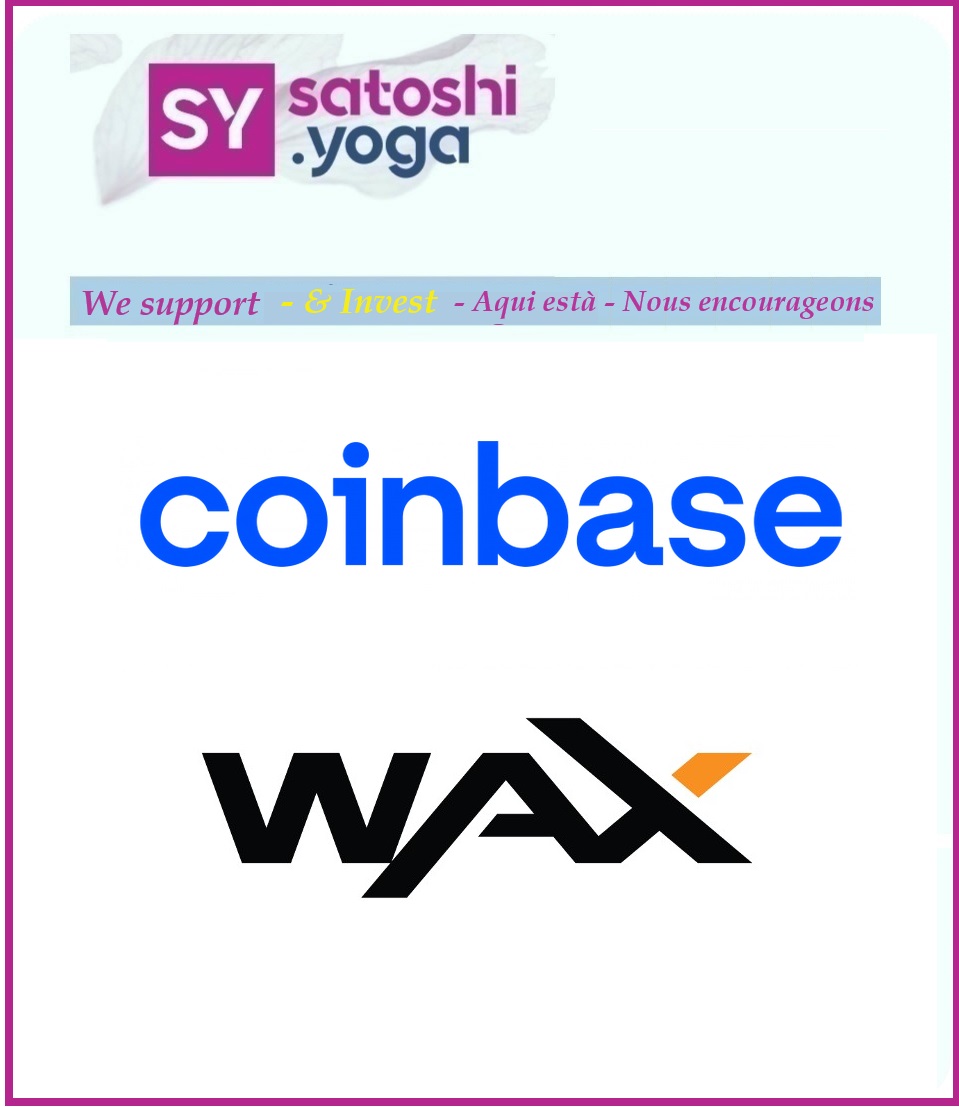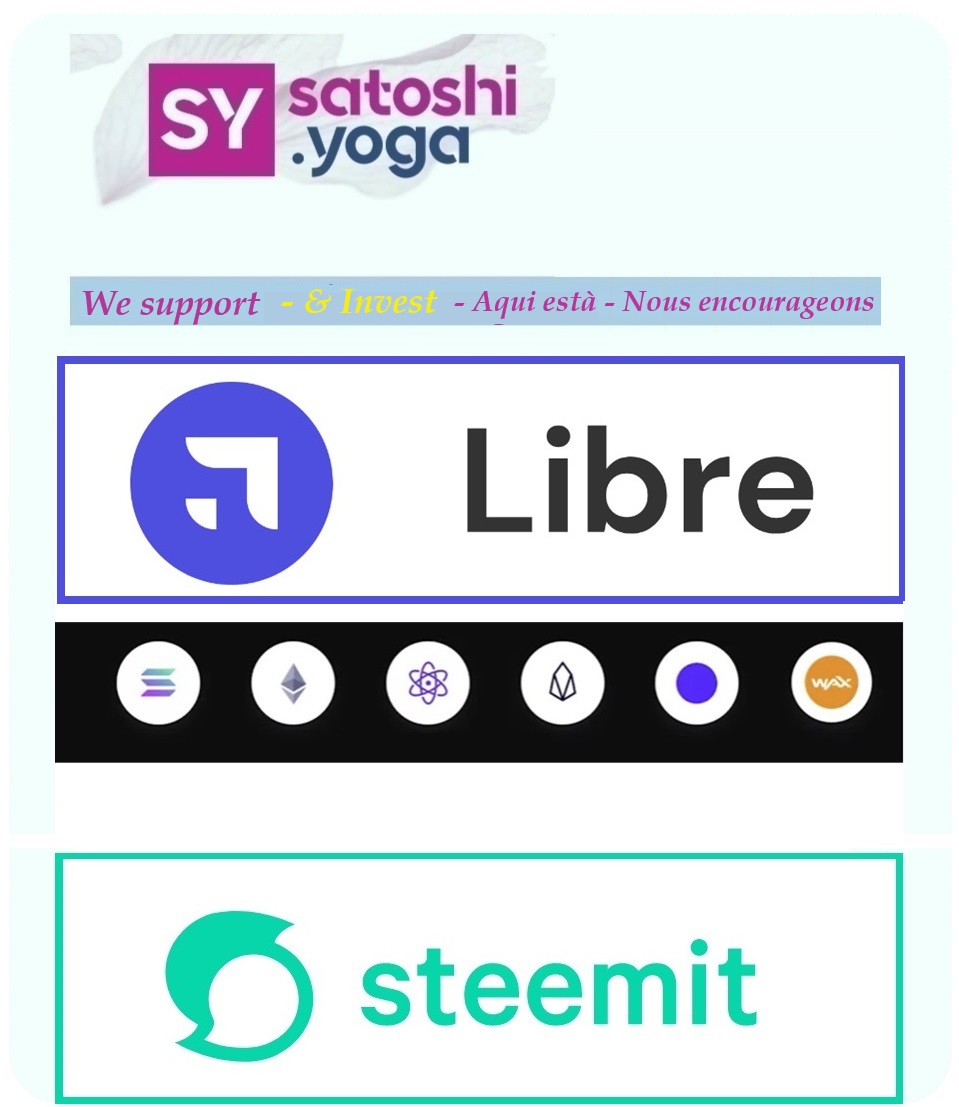Yoga in Uncertain Times
Leah R Vineberg
The times in which we find ourselves now call for deep practice. We’re being asked to develop a marathon-like capacity to be with each other and ourselves, to be with uncertainty, and to work with what arises. In Buddhism, we refer to this practice as lovingkindness meditation, or metta. In Sanskrit, the word is maitri, and with this practice, we learn to not only open to things just as they are, but to lean into them; to be as wholeheartedly present as we can with whatever life brings. A deep and strong foundation in presence is required to help us develop our capacity to befriend what arises. Once truly and authentically here, we can be of service. We can be responsive, rather than reactive. With yoga practice, we will have an increased awareness of our limits and we can then make skillful choices around what is possible to offer to others. We can experience fullness, insight and peace, even in strife.
What follows is a contemplation on the ways in which yoga practice can not only help us to ground, and to anchor fully in our bodies, but how, posture by posture, we can build our capacity to open to what is, in turbulent times, and anytime.
Coming To The Mat
The first step in yoga is the decision to come to the mat. If I come to the mat, I have decided that am willing to be present to myself, my mind, my body and my life. And I am willing to be changed by the practice of yoga. Yoga dates back thousands, possibly tens of thousands of years. Although the physical benefits are plentiful, yoga is a discipline that also nourishes the mind, heart and spirit. Regardless of one’s motivations to practice yoga, it is not a casual undertaking, and the impacts of yoga will be profound. To come to the mat means that I am willing to see things more truthfully. I may encounter difficulty. I will encounter limitations. With presence and breath, I stay, and I continue. I persevere. In yoga, I am regularly building my capacity to both flow-with and tend-to what emerges, with great care. My practice is responsive. I adjust and adapt based on the resistance I encounter, the limits of my body, the quality of my mind on any given day. I am learning to be a friend toward myself, to welcome myself as I am, as I happen to be, moment by moment. This is where my friendship with anybody else surely begins.
Clearing The Past, Arriving In The Present
I arrive at my yoga mat in one state- physical, mental, emotional- and by the end of my practice, my state has naturally evolved into something else. Moving the body with intention re-establishes a healthy and fresh flow of energy, brings mental clarity and more ease. By the end of my yoga practice, excess thoughts and concerns have settled and passed. It is not magic. It is the intentional return to the breath, the body, and the yoga posture itself that generates a wholesome, open space I can then inhabit. The practice of bringing my attention to the present moment again and again cultivates a space wherein I can exist- beyond all that I already “know that I know”, and the possibility of what could be can arise. Likewise, the person in front of me is no longer bound by my preconceptions of who they are and who they can become. In fact, we are both free to be who we have become and will become. Through the practice of yoga, we can liberate ourselves to meet the call of this moment.
Yoga practice asks effort and discipline. I work to clean out the debris so that the newness inherent to each moment is accessible to me. My view of everything expands and this view is naturally more equitable and inclusive than it might be normally. I can see further, I can imagine more. There are literally more possibilities after a yoga session.
Drishti
Drishti is the practice of giving the eyes a focal point. With a physical location on which to set the gaze, distractions are minimized. But the practice of drishti goes beyond simply giving the eyes something to look at; it nourishes two of the “eight limbs of yoga”, pratyahara (withdrawal of the senses), and dharana (concentration). Developing these superpowers on the mat translates into increased single-pointed focus off the mat. What this means is that I am calling in all of the curious tendrils of my attention to this one place, this one moment, here and now. The practice of drishti skillfully conserves our energy; there are no leaks, there is less wasted time. Drishti densifies, and recomplexifies our focus. Amazingly, the effect is this: we fill out and there is more space, and more energy.
Samasthiti: Showing Up Again and Again
In many types of yoga practices, we find ourselves returning to Samasthiti between poses, or between short sequences of poses. Samasthiti is a simple standing pose. Feet are touching, or hip-width apart, nicely grounded. I can let the weight sink down through my feet. I learn to trust the ground. I am invited to stand, simply as I am, as I happen to be, and to have dignity about that. Hands are either at the heart, in the namaskar, in prayer, or hanging by the hips. Nothing else is happening, I am just here, breathing, seeing, being. To me, this practice is one of the most powerful moments in a given yoga session. It is the opportunity to re-set, and breathe. Samasthiti, is defined by the wondrous yoga teacher Maty Ezraty as "Equal Standing; a command to attention, to stand in balanced stillness... with equal, steady and still attention" (Ezraty 2007, Yoga Journal). To care about others or myself, at its most foundational level, feels to me to be about showing up in exactly this way. Samasthiti also asks that I continue to show up. Off the mat, this would mean that I bring attention back, over and over, throughout our interactions, to myself, to you, to our conversation. Samathiti is how I aspire to be with anyone I should encounter in my day, in "equal standing", both of us here, plenty of space for us both. It is also how I strive to meet uncertainty: with willingness and presence.
Balance Between Effort and Surrender
We are building a new kind of stamina these days. Yoga, too, is not easy, and calls for stamina. It invites us into the “long-view”, of not only my practice today, but of a lifelong practice. Yoga both requires and cultivates focus. It asks for strength, but not force. Opening happens progressively. We may wish to touch our toes or drop into a standing backbend, or walk on our hands, but we can only be where we are. We show up and bring our all- or bring what is available (plus a bit more), and then we see what is actually possible, and we rest and breathe there. The full expression of some postures may always stay out of reach, because of physical ability, age, or a host of other factors. Yoga asks us to be humble, and asks us to adapt. It is an invitation to orient toward where we want to go, to take steps toward more difficult postures, and also to respectfully accept where we are, surrender and breathe. With healthful alignment, the body will learn to relax and open. Long-held patterns can eventually be released and new perspectives can occur. Yoga is an invitation to be intentional, but to release attachment to a specific outcome. Yoga is the practice of grace.
Savasana: After and Before Action: Rest, and Integrate
Yoga is a discipline. As such, it is held a little differently than physical exercise. The last pose of each session is Savasana, also known as “corpse pose”. Savasana is considered the most important pose of the practice. It is a time of rest and integration. It is during Savasana, lying down on your back, in total and complete rest, that the body will absorb the benefits of all the previous poses. It is not an effortful pose, but it asks for presence of mind. It may be a challenging pose, because many of us resist rest, and not doing anything can be uncomfortable and unfamiliar. Savasana is about trust. With true rest, future action can be even more meaningful and informed. We rest to be well. We rest to integrate and process. Savasana is about letting go and letting things be, while abiding in the ebb and flow of life, with care and compassion, for others and ourselves, and for all things.
Leah R Vineberg
© 2020 No reproduction right without the author's consent. Please contact Leah Vinegerg via leah à satoshi.yoga
Your here
Connectez-vous pour lire ma chronique
Si vous êtes déjà connecté, voici mon premier billet
Go to my other articles
About
Leah R Vineberg is a consultant in Whole Systems Change, with expertise in Wellness and Relational Culture, with a Masters Degree in Human Systems Intervention. Prior to working in organizational development, Leah facilitated numerous retreats, workshops and classes in yoga, meditation, and other somatic practices. She had the great fortune of studying with exceptional teachers including Pema Chodron, Joseph Goldstein, and Tim Olmsted. Her principal meditation teacher is Ken McLeod. Leah is also an artist and a writer and worked professionally in the arts for many years. She lives in Montréal, Québec.
Follow Leah via your cell phone as well
Inscription
Si ce n'est pas déjà fait, enregistrez votre profil via ce formulaire multifonctionnel
Yoga Partout a récemment changé sa méthode d'inscription. SVP complétez le formulaire ci-dessous et nous verrons à ce que vous receviez les billets de Rocio ainsi que les autres chroniques des autres professeurs. De plus, votre inscription vous donne accès à la banque des 700 et plus pages sans publicité. De plus, nous vous donnons accès aux podcasts, des vidéos exclusives et nous vous mettons en contact directement avec les professeurs qui participent sur cette plateforme. Vous n'envoyez pas d'argent, vous complétez simplement le formulaire pour vous enregistrer et nous parler de vous.
Les autres chroniqueurs du magazine numérique
Nos chroniqueurs
Ce magazine donne la parole à neuf professeurs avec des sujets tout aussi différents les uns que les autres.
- Patrick Vesin nous parle de Raja Yoga et de l'importance de retransmettre la connaissance et de l'union dans l'agir et le non-agir
- Marie-Françoise Mariette , citoyenne du monde, nous demande la qruestion Faut-il être souple pour faire du Yoga. Puis, elle nous présente sa pensée au sujet de la méditation, son accessibilité et son utilisation thérapeutique pour nous inviter à lâcher prise
- Nathalie Perret nous parle d'Aplomb, la base du Yoga et des pieds comme appui dynamique
- Chantal Turgeon nous fait réfléchir à propos d'une article intitulé L'océan dans une goutte d'eau
- Véronique Pierre partage avec nous ce que sont les neuf obstacles du chemin yoguique et approfondie sa réflexion au sujet de la maladie, l'obstacle numéro un dans l'évolution de l'être humain.
- Vous êtes ici - Your here
- Vous aimez écrire et souhaitez savoir comment vous y prendre pour être publié dans le magazine numérique du Yoga? Voyez l'évolution du magazine, celles et ceux qui ont été publiés en commençant par un article et soumettez-nous votre proposition
Complete this registration form, it is free







